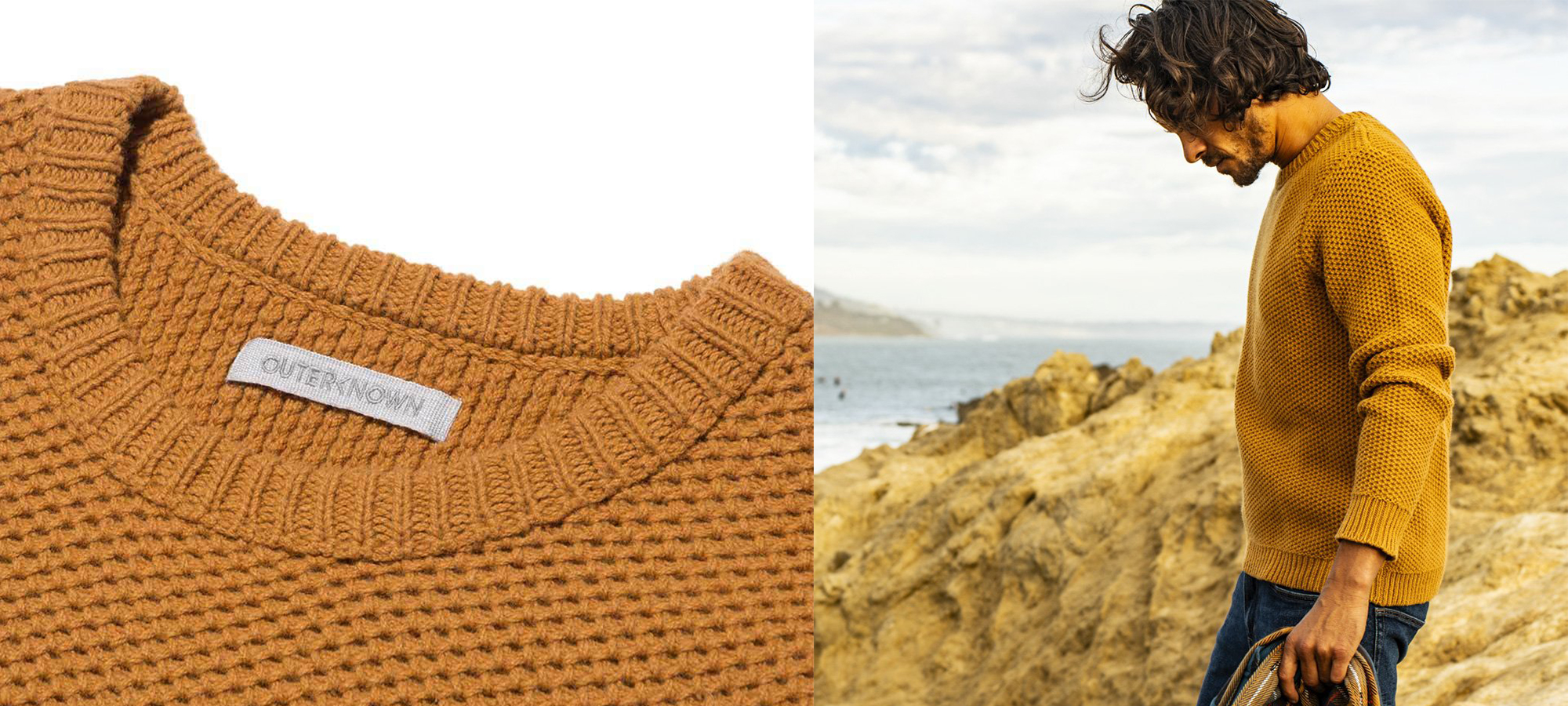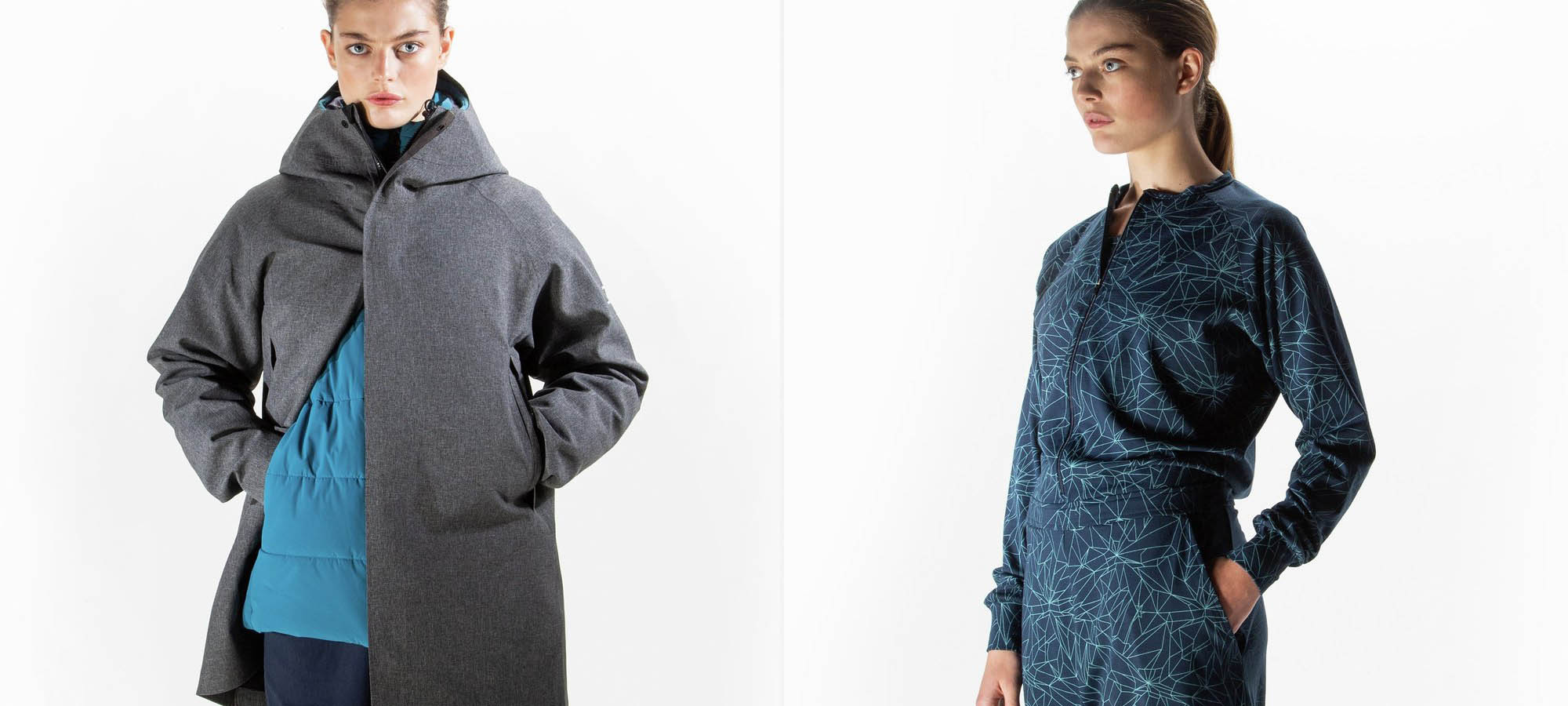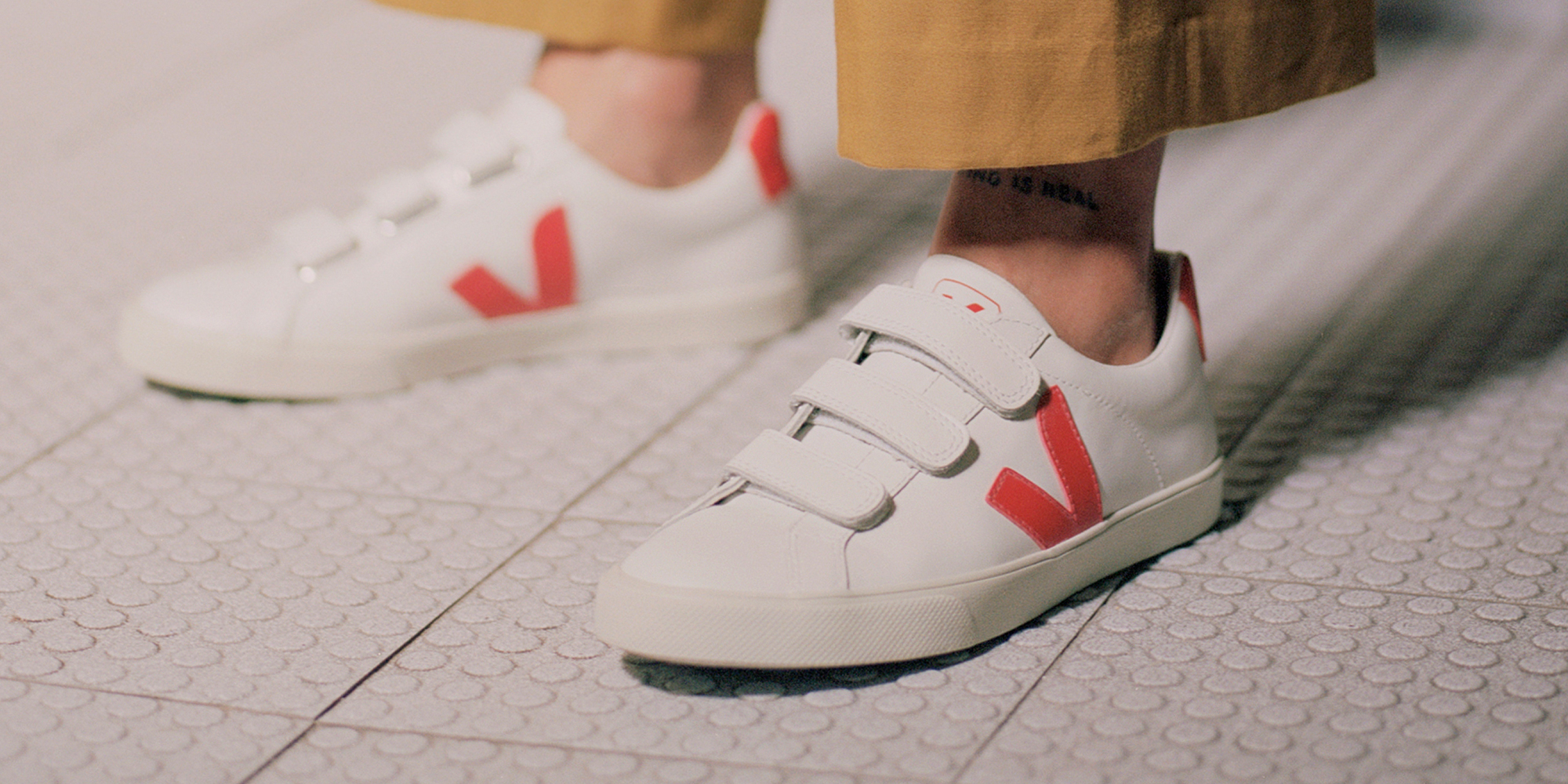Our editors curate highly rated brands that are first assessed by our rigorous ratings system. Buying through our links may earn us a commission—supporting the work we do. Learn more.
Nylon—you’ve probably seen it on the labels of some of your stretchier clothing items like tights or stockings. But what is it, and where does it come from? And does it have an impact on the planet or its inhabitants? We ask: how sustainable is nylon?
A brief history of nylon
Apart from underwear and hosiery, nylon can also be found in the bristles of our toothbrushes, umbrellas, knits, swimwear, and activewear. But for something most of us interact with on a daily basis, our understanding of how the fabric is made and its impact on the planet probably isn’t up to scratch.
Nylon was the first fabric made entirely in a laboratory, and its invention represents the dawn of the age of synthetics. Nylon became widely available to the general public around the time of World War II. Nylon had two main roles to play in wartime. Firstly—thanks to its strength and durability—nylon was used extensively for military products, including parachutes, tents, ropes, and tyres. Secondly, nylon replaced everything that was once made from silk—such as silk stockings—as silk imports from Asia experienced significant shortages and price fluctuations.
What is nylon?
Essentially, nylon is a type of plastic derived from crude oil. This plastic is then put through an intensive chemical process, resulting in the strong, stretchy fibres that make it so useful as a fabric.
More specifically, nylons are a family of materials called polyamides, made from reacting carbon-based chemicals found in coal and petroleum in a high-pressure, heated environment. This chemical reaction, known as condensation polymerization, forms a large polymer—in the form of a sheet of nylon. To make nylon fabric for apparel, this nylon sheet is then broken into chips, melted, and drawn through a mechanical spinneret to produce individual fibres that are woven into fabric.
Nylon’s impact on the planet
Different kinds of nylon have different properties, but the common threads between each are strength, durability, and ability to be moulded into shape. The flip side is that no form of nylon is biodegradable; so once you no longer have a need for your torn stockings or old toothbrush, it sits in a landfill for hundreds of years.
Nylon is in part derived from coal and petroleum. In addition to supporting some of the world’s dirtiest industries, the manufacture of nylon has several other direct environmental impacts.
- Greenhouse gases: producing nylon creates nitrous oxide, a greenhouse gas that is 300 times more potent than carbon dioxide.
- Water: manufacturing nylon is a very thirsty process; large amounts of water are used for cooling the fibres, which can be a source of environmental contamination and pollution.
- Energy: manufacturing nylon is a very energy-hungry process, which contributes to environmental degradation and global warming.
But, there’s good news
Remember when we said that nylon is a plastic? Well, plastic can be recycled, right? There are several brands and accreditations that can help consumers find more sustainable nylon products. After all, just because you want to save the planet, doesn’t mean you want your stockings all baggy.
Swedish Stockings, for example, produces beautiful pantyhose from recycled yarn. Their factories also use lower-impact dyes, post-dyeing water treatment, and solar power for much of the energy needed in the manufacturing process.


























